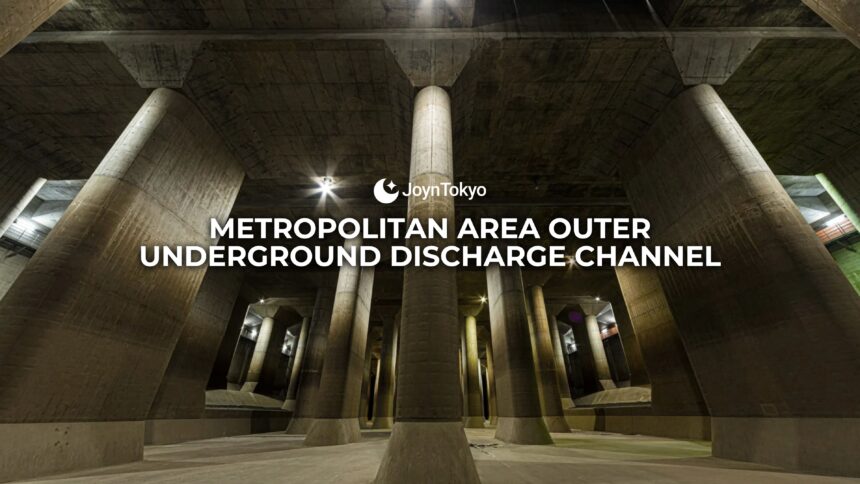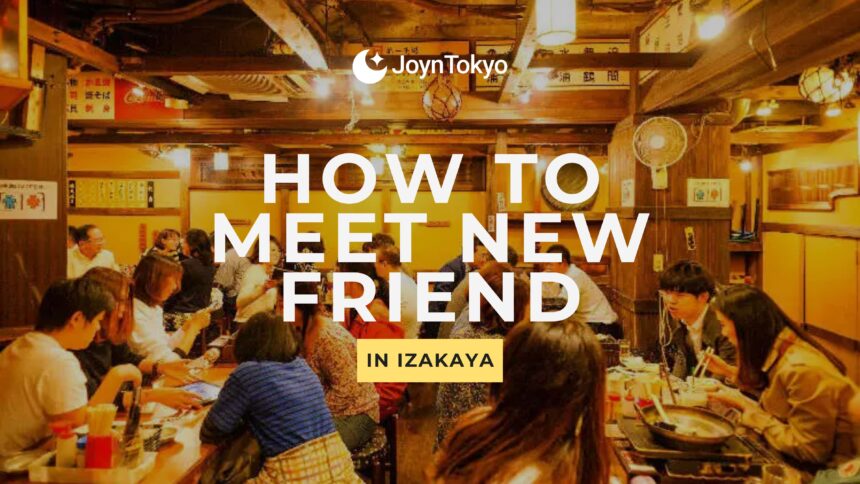When one thinks of Japanese natural disasters, one almost alway thinks first of earthquakes — unsurprising for a country which sits where four tectonic plates converge, with over 2,000 faults. However, Japan, like many Asian nations, is also prone to heavy rains, and the flooding that can accompany them.
This has been especially true of the Nakagawa River and Ayase River basin in Saitama, north of Tokyo, for thousands of years. The region now has been given a modern miracle in the form of the Metropolitan Area Outer Underground Discharge Channel, an engineering marvel that has become an icon to those who love to explore gigantic feats of engineering.
In addition to saving lives and property from the whims of mother nature, the facility is also open to the public for tours, meaning anyone who wants to get a look at the giant pillars and open space of this almost otherworldly place — and starting this November, in addition to the usual tour, guests can take in a brand new sound and light show. So what is it like down there?
History and Purpose
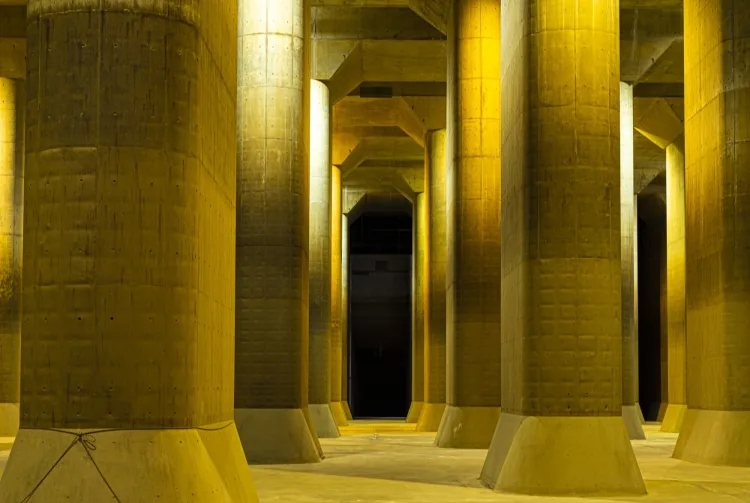
Construction on the Metropolitan Area Outer Underground Discharge Channel began in 1992, and was completed in 2009, though it began partial operations in 2006. It works by not just letting water flow into the numerous enormous underground containment silos, but also regulates water pressure, and pumps this water back into the Edo river.
This is because the river is, naturally, a great way to transport excess water away from the river basin, preventing flooding and protecting lives and property. However, it needs to be some carefully, as pumping water into the river too quickly (and the facility can pump one swimming pool’s worth of water per second) could lead to flooding if the banks of the river break.
Because the “Metropolitan Area Outer Underground Discharge Channel” is something of a mouthful, even in Japanese (shutoken gaikaku hōsuiro), it has come to be known locally as G-Cans, after the G-CANS PROJECT, a group that works to promote not only awareness of the Metropolitan Area Outer Underground Discharge Channel itself, but also to make it a place for people — both locals and tourists — to become more aware of emergency preparedness, and what the government is doing to protect them.
Touring the Metropolitan Area Outer Underground Discharge Channel
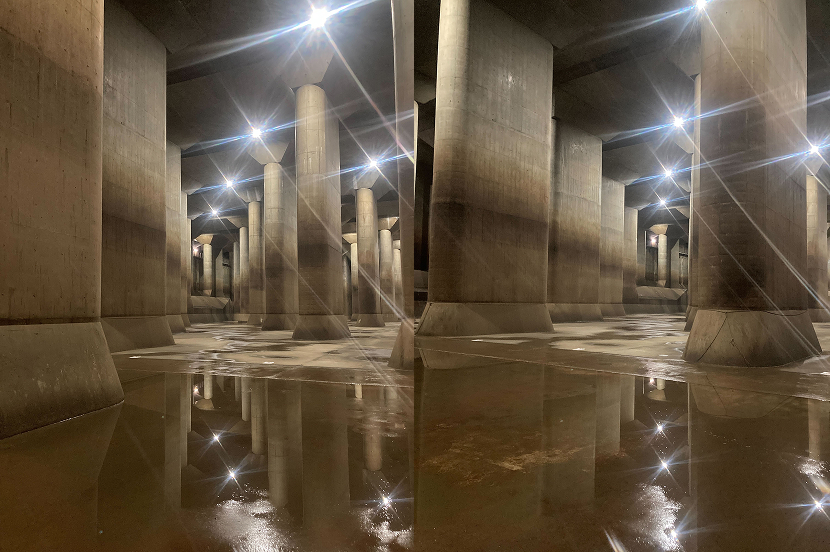
One of the most successful means of accomplishing this goal is the opening of a water containment chamber to the public (assuming that it is not in use, of course), and the Japan National Tourism Organization (JNTO) was kind enough to invite JoynTokyo to a tour in September.
One of the first things to note for potential visitors is that there is no elevator to get to the chamber, which is deep underground. As such, you will need to descend 116 steps, and ascend them on your return.
Stepping into the chamber, it is difficult not to be impressed by the size and scope of this facility. The massive pillars, 18 meters tall and two meters wide each, give the impression, to me, of the Mines of Moria from The Lord of the Rings. To others, the evoke the columns of the parthenon in Greece, and this has led it to become known as the “Underground Temple of Disaster Prevention.”
The knowledgeable guides give details of the chamber, how it works, and the history in more detail that we have space for here. However, the explanations are all in Japanese, so if you are not a fluent speaker, it is a good idea to bring a friend to interpret for you.
Light Show Experience
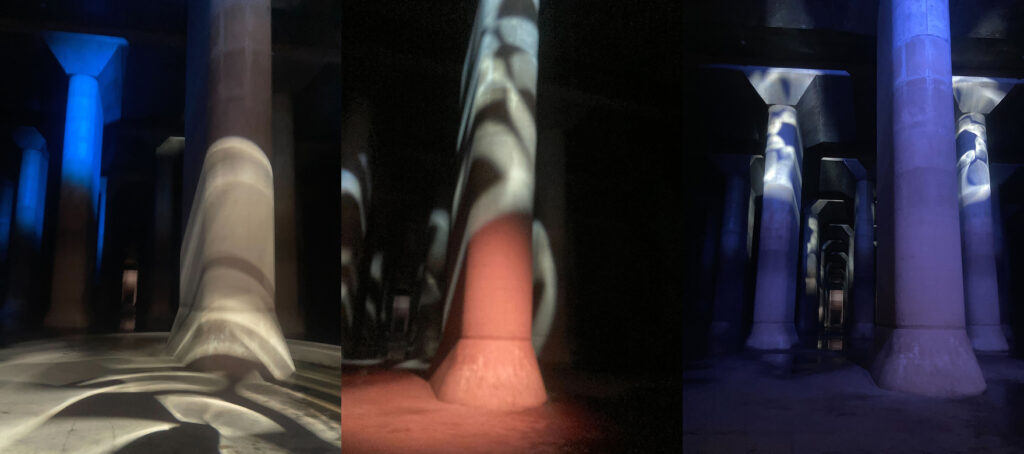
A new part of the tour, that will be available for booking from October, with shows to begin in November, is a light and sound show to cap off each hour-long tour. We were fortunate enough to get a preview of the show, and I have to say, it was very impressive.
The show starts with the sounds of water and rain, with traditional Japanese music in the background. This alludes to the long history that the rivers and rain have played in the history of this region. Soon, the rain becomes a storm, as the lights become more chaotic and the music switches to a rock score, underlining the significance and danger of flooding to the area around the river basin.
Soon, the lights display turbines, which begin to swirl, alluding to the Metropolitan Area Outer Underground Discharge Channel’ technology, and its ability to control the huge amounts of water. As it continues, the music calms, and blue water seems to rush across the ceiling as it is returned to the Edo river.
The light show is set to run six or seven times each month, so visitors who wish to enjoy it should make sure at the time of their booking that their tour will include the display.
Advice and Tips for Your Tour
While the tour is definitely worth a visit, especially for fans of almost otherworldly civil engineering, there are a number of things that you must consider. So, here are our top tips!
- Tours must be booked in advance, to visit Tobu Tours to book your place. For the light show, bookings begin in early October 2025, and will begin in early November 2025.
- The central headquarters, the RyuQ Building where the tour is hosted from, is a 30-minute walk from Minami-Sakurai station in Kasukabe, Saitama. There are buses, but they are very infrequent, so you might prefer to get a taxi there and back, or prepare for the walk.
- It can be damp in the chamber and the stairs leading down, so make sure to wear shoes with a good grip that you don’t mind getting wet.
- Due to the stairs, there is, sadly, no way for those who have difficulty walking to descend into the chamber.
- There are no food facilities at the Metropolitan Area Outer Underground Discharge Channel, so make sure to bring your own food, or purchase something from a convenience store at the station when you arrive.
Although the full name might sound dry, the tour of the Metropolitan Area Outer Underground Discharge Channel is fascinating, and shows a side of modern Japan that few see. With the light show coming in November, there has never been a better time to visit the Underground Temple of Disaster Prevention.

